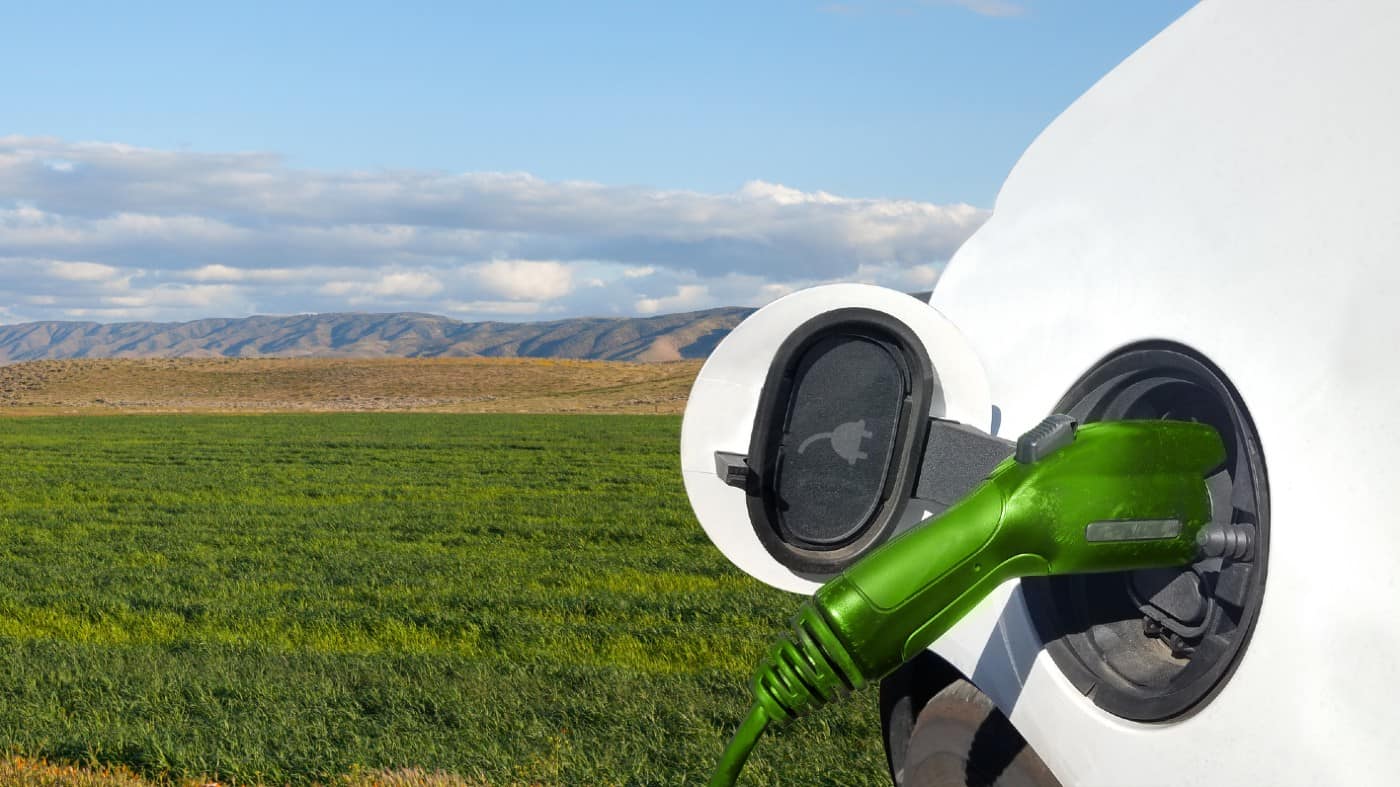There aren’t many stocks about that can be considered to have ‘monopoly’ status. But National Grid (LSE: NG.) is one such stock. As the owner of the high-voltage electricity transmission network in England and Wales, it’s considered a ‘natural monopoly’.
Here’s why I’d invest in the shares for passive income.
Steady away
The first thing to point out is that National Grid is regulated by Ofgem, the energy regulator. This government authority caps the amount the company can earn from charging suppliers for using its network.
This is a bit of a double-edged sword for investors. On the one hand, the payout rises slowly but steadily, averaging 3.84% a year since 2018. This isn’t ideal when inflation is running at much higher levels than that.
However, on the other hand, the utility giant’s cash flows are reliable and stable. This supports those steady dividend increases, even during times of economic uncertainty. Hence why National Grid is considered a defensive stock, with its service in permanent demand.
This stability is reflected in the share price, too, which has glided 23.6% higher over the past five years.
Passive income
This year (FY 2024), the utility company is expected to pay out 57.7p per share. That gives the stock a forward-looking dividend yield of 5.8%.
That means I’d need 1,740 shares to aim for £1,000 a year in passive income. Those would cost me around £17,250.
Admittedly, that is a sizeable sum of money. But I feel the firm’s stable earnings and excellent dividend track record make this an excellent candidate for passive income generation.
A portfolio pivot
Now, despite its steady core business, National Grid is actually undergoing major change. Last year, it agreed to sell a 60% equity interest in its UK gas transmission and metering business to a consortium of infrastructure investors. This year, it sold a further 20% stake to the same investors.
These sales form part of National Grid’s pivot towards electricity. And they follow its £7.8bn acquisition last year of Western Power Distribution (WPD), the UK’s largest electricity distribution business.
The company has set out four main reasons for these transactions:
- Increase the proportion of portfolio assets in electricity from 60% to around 70%
- Enhance its central role in the delivery of the UK’s net zero targets
- Underpin 6% to 8% long-term asset growth
- Maintain a strong balance sheet to keep its investment-grade credit rating and support a sustainable dividend policy
Heavy investment for the future
This last point about the balance sheet is worth highlighting. That’s because decarbonising the UK’s energy transmission infrastructure is an extremely costly undertaking. Indeed, its capital expenditure has nearly doubled since 2017.
Worryingly, the firm’s net debt has gone from £23.6bn in 2018 to over £40bn today. If that continues to creep up, with the associated costs of servicing it, the growth of the dividend could ultimately come under threat.
Nevertheless, I value the predictability here. Demand for energy, particularly as more electric vehicles need charging, is likely to increase. So, while no payout is guaranteed, I think this stock offers one of the ‘safer’ dividends I’m likely to find.
If I were building a passive income portfolio today, I’d include National Grid shares.








